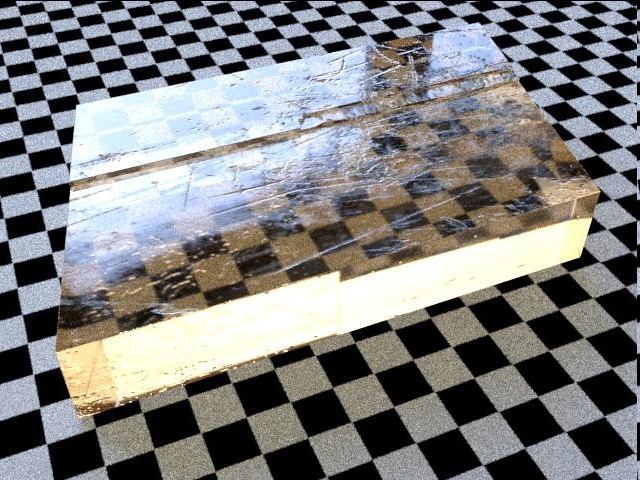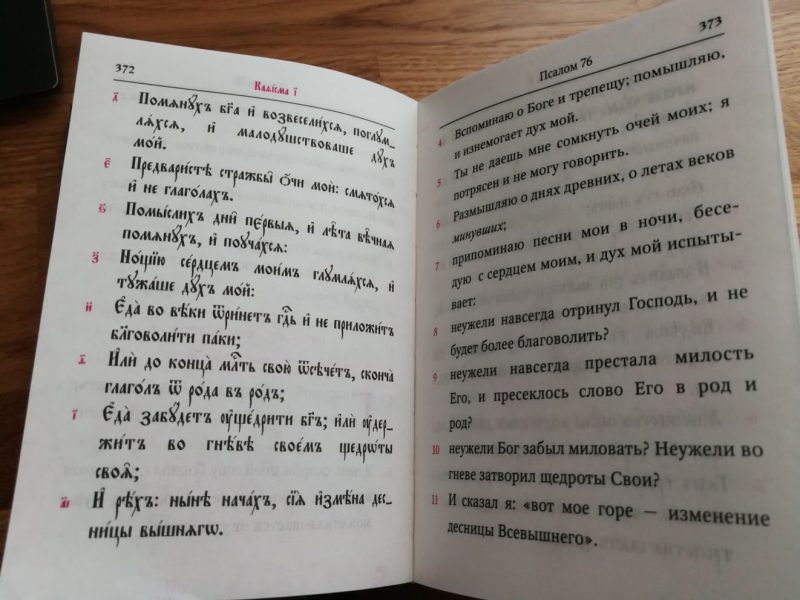We can say with a certain degree of certainty that the story with the pebble has come to an end.
Here's some new information: it once belonged to a man named Steinavarduz (Stainawarduz), which is translated from early Proto-Lavinavian literally as "Stone Guard". A bit ironic.
History has not preserved the patronymic of this young man, nor, incidentally, his occupation. It is only known that he was a sailor. Most likely, a pirate, or perhaps a merchant. In any case, he used this stone for navigation - if you look through the crystals of silver spar at the cloudy sky from different angles, you can determine the approximate position of the sun in this very sky.
Moreover, the crystal was also enchanted in a certain way, and it is still not very clear how. It is unlikely that it was originally intended to show the sun always, even when not asked for - most likely, this is a fairly common phenomenon, consisting of the transfer of the expected purpose of an object to a magical construct built around it (the so-called magical transfer).
And it also turned out that the light didn't fall on it: all the scientists had to do was just get close to the sword without opening the case, and this nonsense happened. Then they conducted several experiments, which I don't understand a thing about, and came to the conclusion that the owner of the sword once owned the stone. Once - because they found this stone in a burial from the twelfth century, and here, remember, we are in the middle of the fourth.
Well, finally, I have a fully finished render. This time - with graph paper to demonstrate the dimensions.









